(TETRAHYDRO-2H-PYRAN-4-YL)METHANOL
- CAS NO.:14774-37-9
- Empirical Formula: C6H12O2
- Molecular Weight: 116.16
- MDL number: MFCD00457804
- SAFETY DATA SHEET (SDS)
- Update Date: 2025-07-24 18:13:45

What is (TETRAHYDRO-2H-PYRAN-4-YL)METHANOL?
Chemical properties
Colorless liquid
The Uses of (TETRAHYDRO-2H-PYRAN-4-YL)METHANOL
Used as a reagent in the identification and optimization of pteridinone Toll-like receptor 7 agonists, which can be used for the oral treatment of viral hepatitis. 4-(Hydroxymethyl)tetrahydropyran is also a starting material for [1-[(Tetrahydro-2H-pyran-4-yl)methyl]-1H-indol-3-yl](2,2,3,3-tetramethylcyclopropyl)methanone which is a drug that acts as CB2 cannabinoid receptor agonist.
Properties of (TETRAHYDRO-2H-PYRAN-4-YL)METHANOL
| Boiling point: | 105 °C |
| Density | 1.000±0.06 g/cm3(Predicted) |
| refractive index | 1.4600 |
| Flash point: | 61°(142°F) |
| storage temp. | Sealed in dry,Room Temperature |
| pka | 14.85±0.10(Predicted) |
| form | clear liquid |
| color | Colorless to Light yellow to Light orange |
| Water Solubility | Slightly soluble in water. |
| CAS DataBase Reference | 14774-37-9(CAS DataBase Reference) |
Safety information for (TETRAHYDRO-2H-PYRAN-4-YL)METHANOL
| Signal word | Warning |
| Pictogram(s) |
 Corrosion Corrosives GHS05  Exclamation Mark Irritant GHS07 |
| GHS Hazard Statements |
H227:Flammable liquids H315:Skin corrosion/irritation H318:Serious eye damage/eye irritation H335:Specific target organ toxicity, single exposure;Respiratory tract irritation |
| Precautionary Statement Codes |
P261:Avoid breathing dust/fume/gas/mist/vapours/spray. P305+P351+P338:IF IN EYES: Rinse cautiously with water for several minutes. Remove contact lenses, if present and easy to do. Continuerinsing. P405:Store locked up. |
Computed Descriptors for (TETRAHYDRO-2H-PYRAN-4-YL)METHANOL
(TETRAHYDRO-2H-PYRAN-4-YL)METHANOL manufacturer
JSK Chemicals
3Y
Phone:+91-9879767984
Whatsapp: +91-9879767970
product: 4-(Hydroxymethyl)tetrahydropyran, 98% 14774-37-9 99%
ALS India Life Sciences Pvt. Ltd
2Y
Phone:+91-8977036378
Whatsapp: +91 8008166674
product: Tetrahydropyran-4-methanol 97.00%
SAKEM LLP
1Y
Phone:+91-9676889998
Whatsapp: +91-9676889998
product: 14774-37-9 4-(Hydroxymethyl)tetrahydropyran 98%
New Products
Indole Methyl Resin tert-butyl 9-methoxy-3-azaspiro[5.5]undecane-3-carboxylate Boc-His(Boc)-OH 2-CTC Resin 4-Chloro-7-tosy1-7Hpyrrolo[2,3-d]pyrimidine 5,7-Dibromo-1H-indole 2,5-dichloro-N-hydroxy-4,6-dimethylpyridine-3-carboximidamide 2,2-Dimethoxy-7-azaspiro[3.5]nonane hydrochloride 4-chloromethyl-5-methyl-1,3-dioxol-2-one (DMDO-Cl) R-2-BENZYLOXY PROPIONIC ACID 1,1’-CARBONYLDIIMIDAZOLE 1,1’-CARBONYLDI (1,2-4 TRIAZOLE) N-METHYL INDAZOLE-3-CARBOXYLIC ACID 4-((2-hydroxyethyl)thio)benzoic acid 1-(TERT-BUTOXYCARBONYL)-2-PYRROLIDINONE Methyl 6-methylnicotinate 3-Pyridineacrylic acid tert-Butyl carbazate TETRAHYDRO-2H-PYRAN-3-OL 2-((4-morpholinophenylamino) (methylthio) methylene) malononitrile 3-(4-morpholinophenylamino)-5-amino-1H-pyrazole-4-carbonitrile 2,4-dihydroxybenzaldehyde 1,3-Diethyl-1,3-Diphenylurea Methyl 2-methylquinoline-6-carboxylateRelated products of tetrahydrofuran

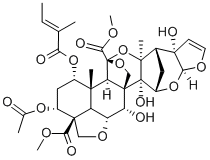
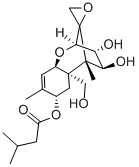
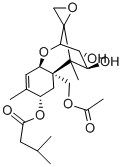

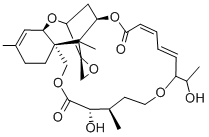

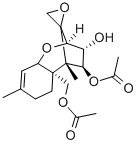
You may like
-
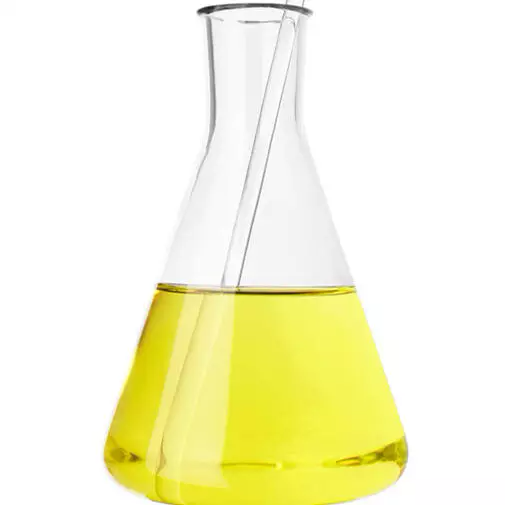 Tetrahydropyran-4-methanol 98%View Details
Tetrahydropyran-4-methanol 98%View Details
14774-37-9 -
 4-(Hydroxymethyl)tetrahydropyran, 98% 14774-37-9 99%View Details
4-(Hydroxymethyl)tetrahydropyran, 98% 14774-37-9 99%View Details
14774-37-9 -
 Tetrahydropyran-4-methanol CAS 14774-37-9View Details
Tetrahydropyran-4-methanol CAS 14774-37-9View Details
14774-37-9 -
 Tetrahydropyran-4-methanol 95% CAS 14774-37-9View Details
Tetrahydropyran-4-methanol 95% CAS 14774-37-9View Details
14774-37-9 -
 Tetrahydropyran-4-methanol, 98% CAS 14774-37-9View Details
Tetrahydropyran-4-methanol, 98% CAS 14774-37-9View Details
14774-37-9 -
 Tetrahydropyran-4-methanol 97.00%View Details
Tetrahydropyran-4-methanol 97.00%View Details
14774-37-9 -
 14774-37-9 4-(Hydroxymethyl)tetrahydropyran 98%View Details
14774-37-9 4-(Hydroxymethyl)tetrahydropyran 98%View Details
14774-37-9 -
 Thiourea 99% ARView Details
Thiourea 99% ARView Details
62-56-6
Statement: All products displayed on this website are only used for non medical purposes such as industrial applications or scientific research, and cannot be used for clinical diagnosis or treatment of humans or animals. They are not medicinal or edible.
